The methods of design thinking and their benefits are fairly well known.
Ethnographic methods of user research heighten empathy levels and provide more fruitful insights. Reflective dialogue and creative envisioning brings to the surface previously unseen yet desirable new future possibilities. Rapid experimentation and repeated user testing provide honing and validation of innovation concepts before committing to full development.
Amidst all the methods with forests of hard-to-comprehend and hard-to-analyse qualitative data it is not easy to see the wood for the trees. Often, individuals and teams lose track of the bigger picture, why they are following this method or that. In the face of time pressures, misunderstandings and sceptical colleagues or bosses, it is difficult for an innovation team to persist and follow through on all the elements necessary to achieve a great outcome. Disjointed use of disparate methods does not do justice to the true power of DT.
Part of the reason for this is that design thinking needs a new way of thinking about how validity or ‘proof’ is arrived at. For example, traditionally numerate and technological (rationalist) disciplines such as engineering, management, accounting, project management, etc. reason with a deductive or inductive logic. So, for these, research should provide a direct path to proof.
For a design thinker, research provides (only) inspiration for creative reframing and concept forming with abductive reasoning. Proof (or validation) comes later through validation by experiment. As with love and marriage, in design thinking user research and user validation operate as an inseparable pair.
Misunderstanding the outcomes of research is one of the common causes of under-performance in projects using a design thinking approach.
In response to this and other observations, we advocate a process which, among other benefits, provides a clear guiding north star to design thinking practitioners and lets them know clearly where they are and what comes next, as they progress through the project. Of course, like all processes, it should serve as a guide to good practice and not be used to bind beyond what’s reasonable. See my previous article When Process Rules!.
The ARRIVE design thinking process is described more fully in the ISPIM paper from December 2017. See the full paper here.
posted in | Design, Innovative Organisations, Papers, Research
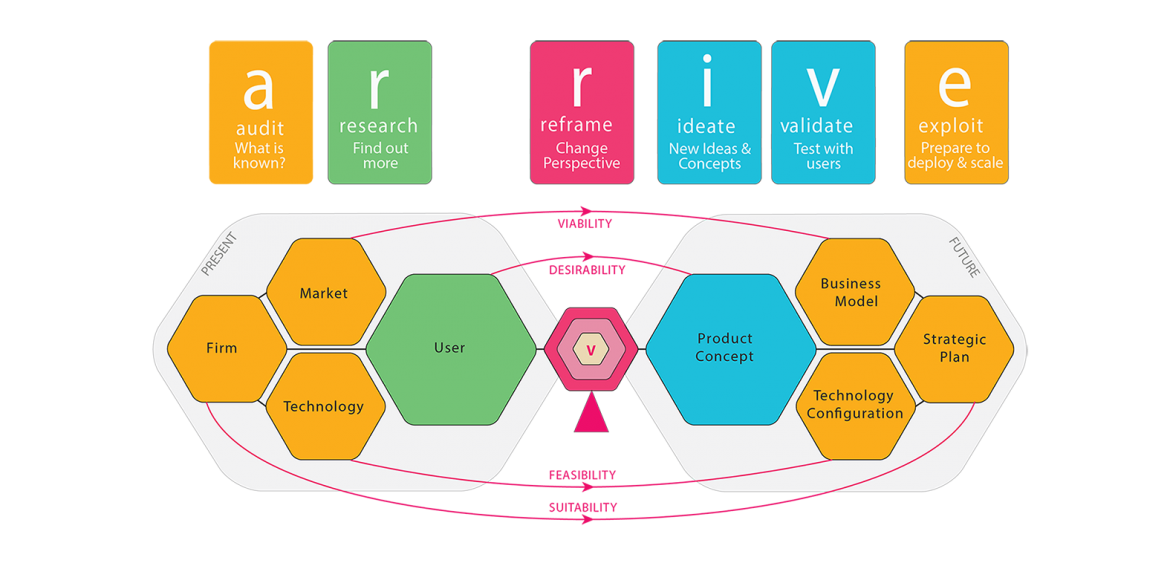



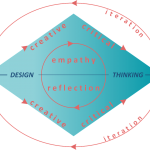
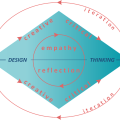
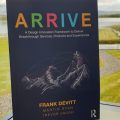
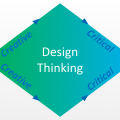
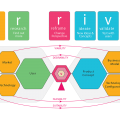

Sorry, the comment form is closed at this time.